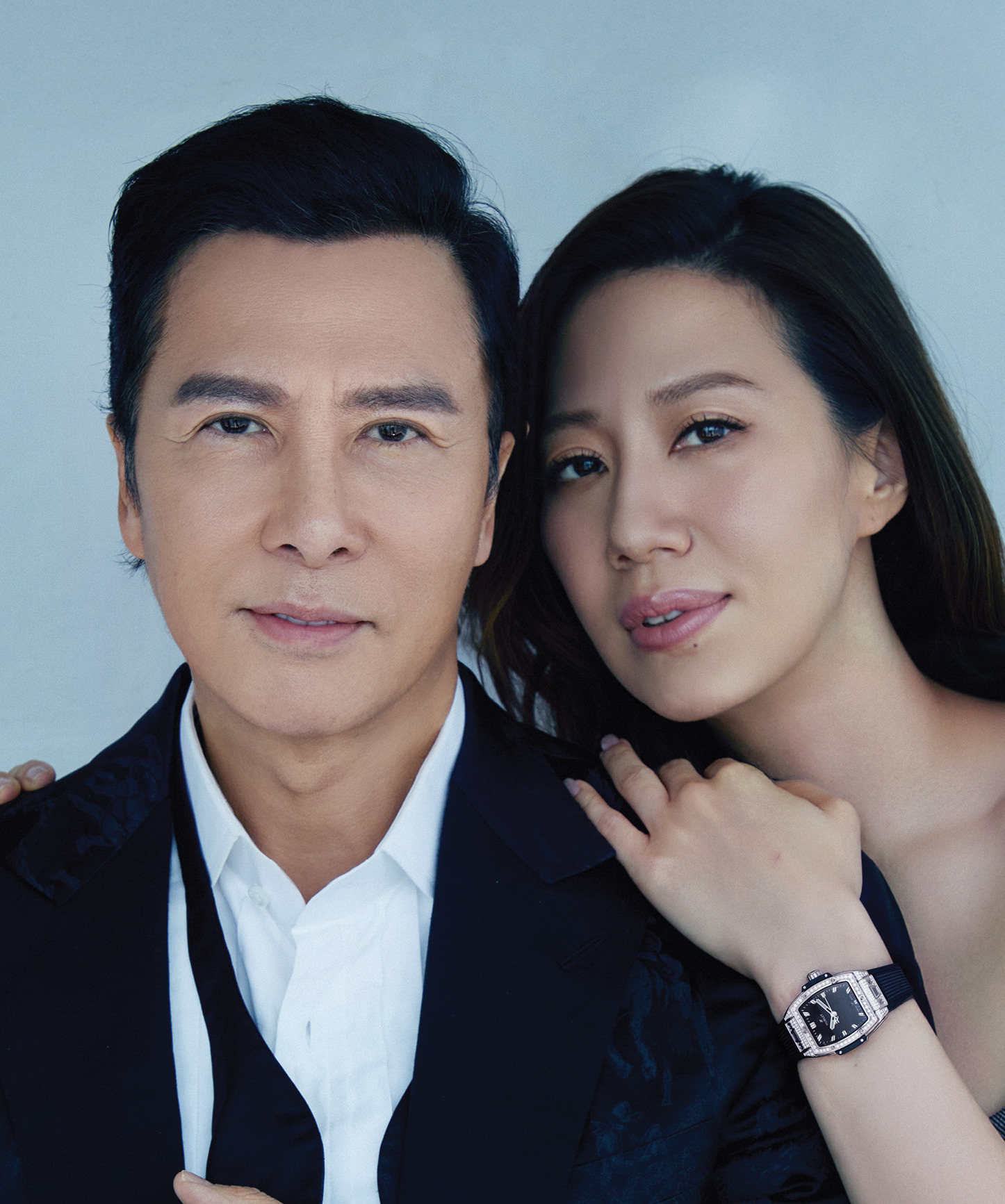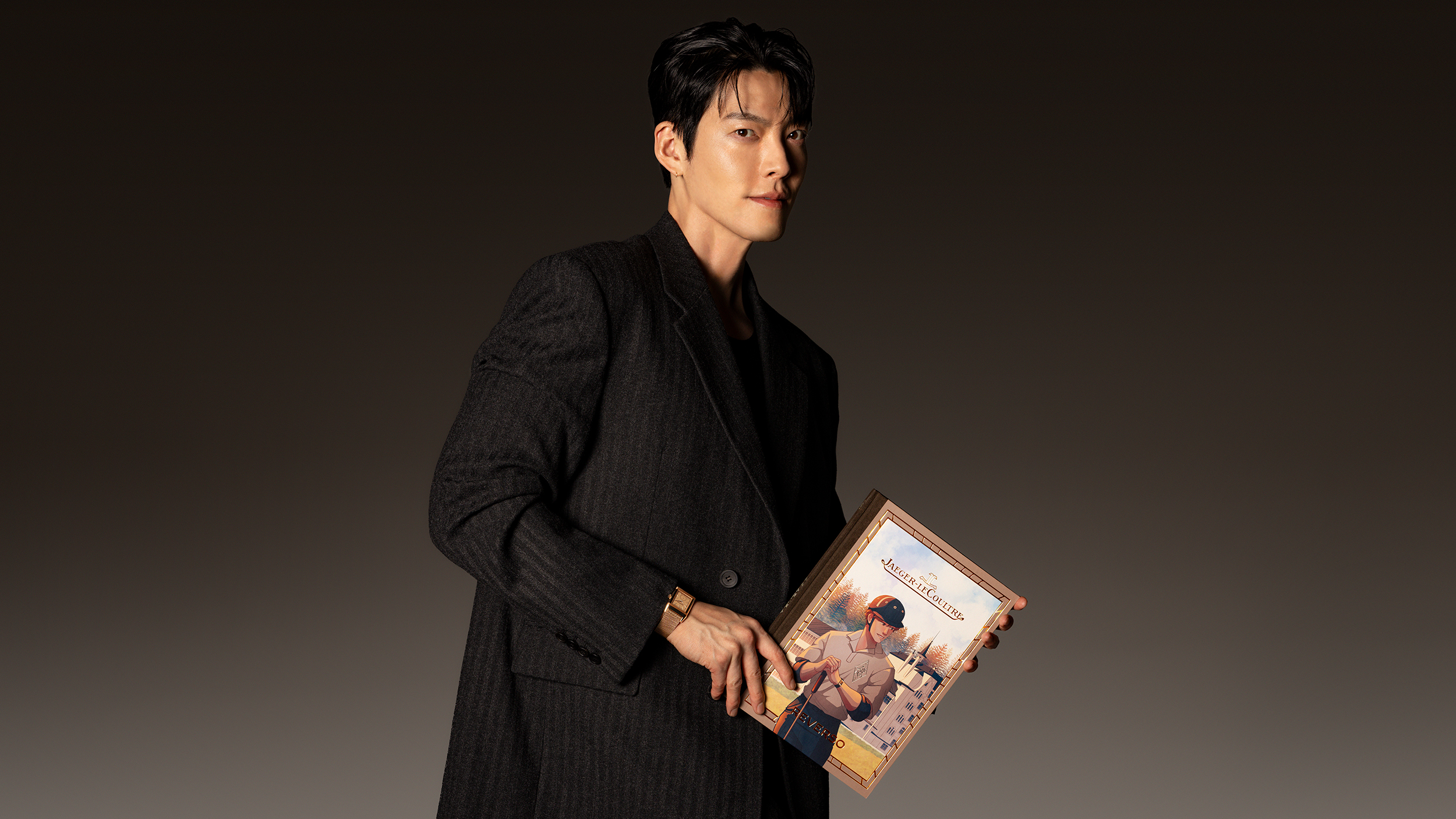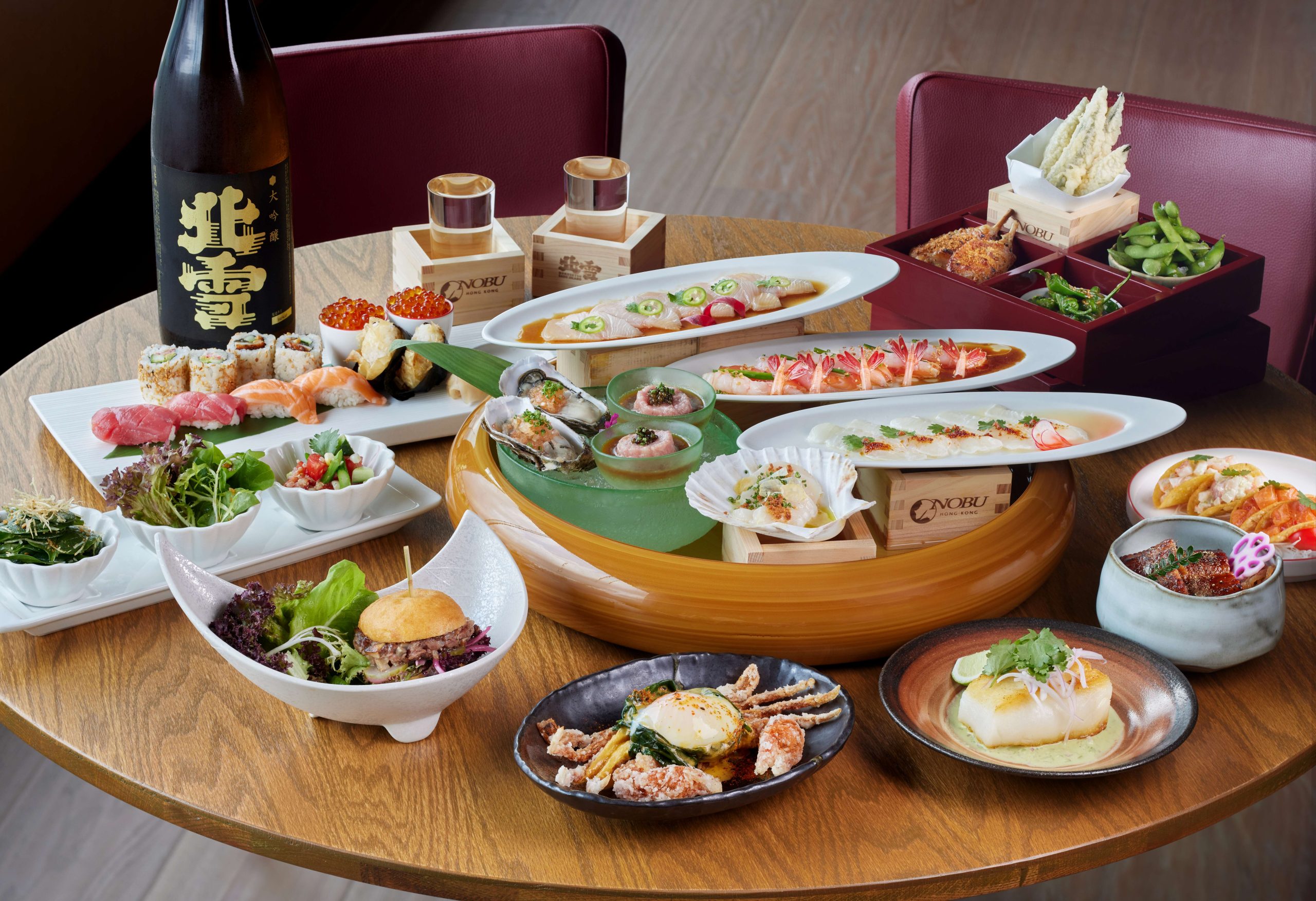
Dutch fashion designer Iris van Herpen’s name may not register immediately, but it has featured prominently enough in a plethora of lofty fashion, design and style magazines – and all herald her as the future of fashion, a new kind of avant-garde seamstress of the next-gen tech revolution. Van Herpen was the first designer to send a 3D-printed dress down the runway, in 2010. In her spring/summer 2016 show, Game of Thrones actress Gwendoline Christie lay on a circular plinth while three robotic arms knitted an architectural mesh around her.
So it’s little surprise that van Herpen’s work forefronts a season-long extravaganza at the Metropolitan Museum of Art in New York that examines how designers are reconciling the hand-made and the machine-made. The Met’s Costume Institute calls the exhibition Manus x Machina: Fashion in an Age of Technology. The show opened last month.
“I leave it to others to put my work into a scene, or historical context,” van Herpen says. “I am too much zoned-in into my own work to judge, but it’s a huge honour to be part of this super-important exhibition that is visualising the change fashion is currently going through.”
The Met Costume Institute’s curator, Andrew Bolton, can’t speak highly enough of van Herpen. He calls her “the Marie Curie of fashion”. He thinks she’s at the cutting edge. “I really think this is the future, with the collaborations she’s initiating with computer programmers, scientists and biologists,” Bolton says.
Van Herpen’s work, which she calls “new forms of craft”, has quickly tapped into or even helped form a new fashion zeitgeist because she doesn’t think in the same terms as her more conventional peers. “My work is partly a response to the globalisation and wholesale-isation of fashion, where it’s about quantity not quality,” she says. “Designers are up to the point where there isn’t a centimetre of space for their vision, where the speed of things is overrunning reflection, depth and real change.”
The designer’s first example of 3D printing is among the exhibits at the Met. “I knew about 3D printing from architects in Amsterdam at the time,” van Herpen says. “I drew the silhouette and texture on paper, made a sketch model on the computer and then collaborated with London-based architect Daniel Widrig to 3D draw the file for the 3D printing. The process of the 3D file-drawing was very time-consuming. It took three months.” That seems like child’s play now. Her latest interest is in using prototype invisibility material being developed by the US armed forces.

Does van Herpen think her stature has grown so rapidly because the rest of the world of high fashion is afraid of the digital frontier? “I am not sure ‘afraid’ is the right word. It’s more about it being somewhat unknown,” she says. “In design, art, architecture and even dance, both craft and technology are merging naturally. It’s slowly happening in fashion also, but it just takes time. We need to encourage more open-mindedness.”
Van Herpen has an exemplary fashion resume. Born in the Netherlands, she studied at the ArtEZ Institute of the Arts in Arnhem and then worked for Alexander McQueen in London. She presented her first collection in 2007, in Amsterdam. Her innovative application of science to the realisation of a utopian vision caught the attention of France’s Chambre Syndicale de la Haute Couture, which added her to its calendar in 2011.
That year Icelandic singer Björk commissioned van Herpen to design a dress for the cover of her album Biophilia. Time magazine pronounced another of van Herpen’s dresses one of the 50 best inventions of the year. In 2013 she presented her first ready-to-wear collection in Paris, worn by her muse, the Canadian musician and artist Grimes. She has since worked with a galaxy of celebrities, photographers, architects and artists.
At one point last year, van Herpen’s work could be seen in eight separate exhibitions around the world. This year, she has had a solo exhibition called Iris van Herpen: Transforming Fashion, at the High Museum of Art in Atlanta, an exhibition entitled The Future of Fashion is Now, in Shanghai, as well as her current work at the Met.
Van Herpen’s clothes were once available in Joyce in Hong Kong, but no more. That does not mean the city is bereft. “Most of the dresses, pieces and shoes I design are haute couture,” the designer says. “We make them on order only, made-to-measure in my atelier in Amsterdam. If someone from Hong Kong would like to acquire a piece, it’s very possible through the contact details on my website. The direct connection with the atelier is more personal than going into a store.”
Van Herpen singles out the Voltage collection as her most complex. She collaborated on it with electricity experimenter Carlos Van Camp, along with architect and artist Philip Beesley. She also involved architect Julia Koerner and Massachusetts Institute of Technology professor Neri Oxman. “She [Oxman] is working at the intersection of computational design, additive manufacturing, materials engineering and synthetic biology,” van Herpen says. “Her lab is pioneering a new age of symbiosis between micro-organisms, our bodies, products and even buildings.”
One of van Herpen’s most famous creations was her water dress, which mimics splashing water. “It was really interesting to let something uncontrollable like splashing water control my design process,” the designer says. “This water dress is not designed at all. I’m trying to capture a moment, make a dress, without design.” The water dress may be a foretaste of a future without conventional fabrics. “I do often wonder. We’ve always worn fabric. What else can we wear?” she says.
“So many people ask me how the future will be,” van Herpen says. “But I design here and now, and sometimes my work triggers people’s ideas on what the future might be up to. But the future always holds surprises, and that’s an even bigger trigger to keep on exploring. If I knew already, then I could stop.”





